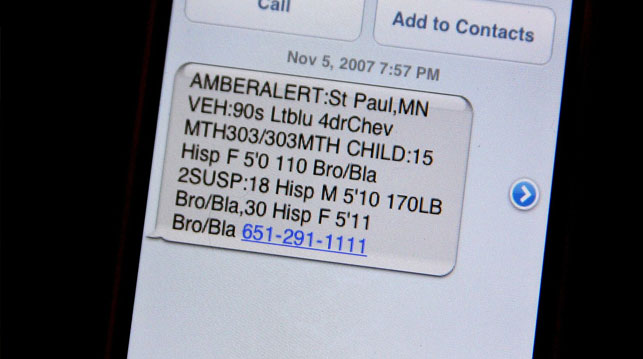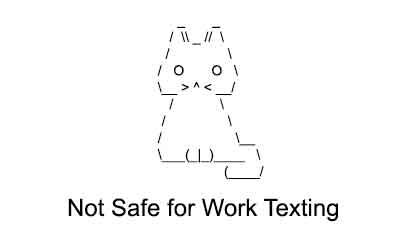
First, it was email that businesses sniffed at before emailing became so pervasive we can’t imagine doing business without it. Almost gone are the days of pointless phone tag, misremembered instructions, and cussing at the fax machine.
Now, it’s texting that is proving its value in business communication, increasing efficiency and transparency.
That’s why it’s a good time to talk about formal vs. informal texting and texting vs. writing emails.
It’s easy to begin.
Get a free sample proofread and edit for your business text.
Two professional proofreaders will proofread and edit your business text.
Emoticons
Emojis and emoticons are by their nature informal. They specifically serve the purpose of making sure that sloppy/quick writing doesn’t give the wrong impression that the writer is angry/upset. They are useful only when dealing with writing that doesn’t properly explain itself and for adding “cuteness” and humor to text-based communication.
Business communication is about money, and we should never be sloppy, cute, or humorous about money. Smiling/laughing/winking faces (let alone that eggplant) have no place in business writing.
Abbreviations
Business writing uses abbreviations, but quite carefully. The rule is to stick to the classics:
Social abbreviations are not acceptable in formal business writing, as is true of a too-social tone in general, slang, and too much jargon. No matter how common, we shouldn’t use:
While these first two issues are pretty obvious once we appreciate the need for formality in business writing, there are times when it can be difficult to judge which format is better for the content we want to communicate.
Times to Text
Texting is vital when your recipient needs information quickly and may not be next to a computer, but be sure you’re not texting at an inappropriate time. I’m exasperated by people who text me at all hours with the attitude that I can get to it whenever I want. Many people leave their phones, including their business phones, turned on during off-hours and when they’re sleeping in case of emergencies. Texting demands attention just like a phone call does. Treat it that way.
Texting can also be appropriate for reminders, confirmations, and alerts. It’s ideal for coordinating, which is why texting has led to so many flash mobs. But keep that business language formal.
Bad: Meet u @ 8 K?
Good: The meeting is at 8 am. Please reply to confirm.
Times Never to Text

Never text to cancel on someone. (Call.)
Do not text when the topic is sensitive or complicated.
Do not text when negative information has to be communicated, particularly when dealing with a person’s performance.
Do not text confidential information.
Times to Email
Email has several advantages over texting, all of them obvious in terms of the ability to explain better, frame issues better, control tone better, and typically incorporate greater care and thought.
If there’s a chance a quick text is going to be misunderstood, email. Take time to revise and proofread carefully. (A typo forgiven in a text may offend in an email.) Use the space to make sure everyone’s got the right information.
Quick Test
Ask yourself:
If the answer to any of these is yes, email or phone.
Julia H.
Get a free sample proofread and edit for your business text.
Two professional proofreaders will proofread and edit your business text.
Get a free sample proofread and edit for your document.
Two professional proofreaders will proofread and edit your document.
We will get your free sample back in three to six hours!